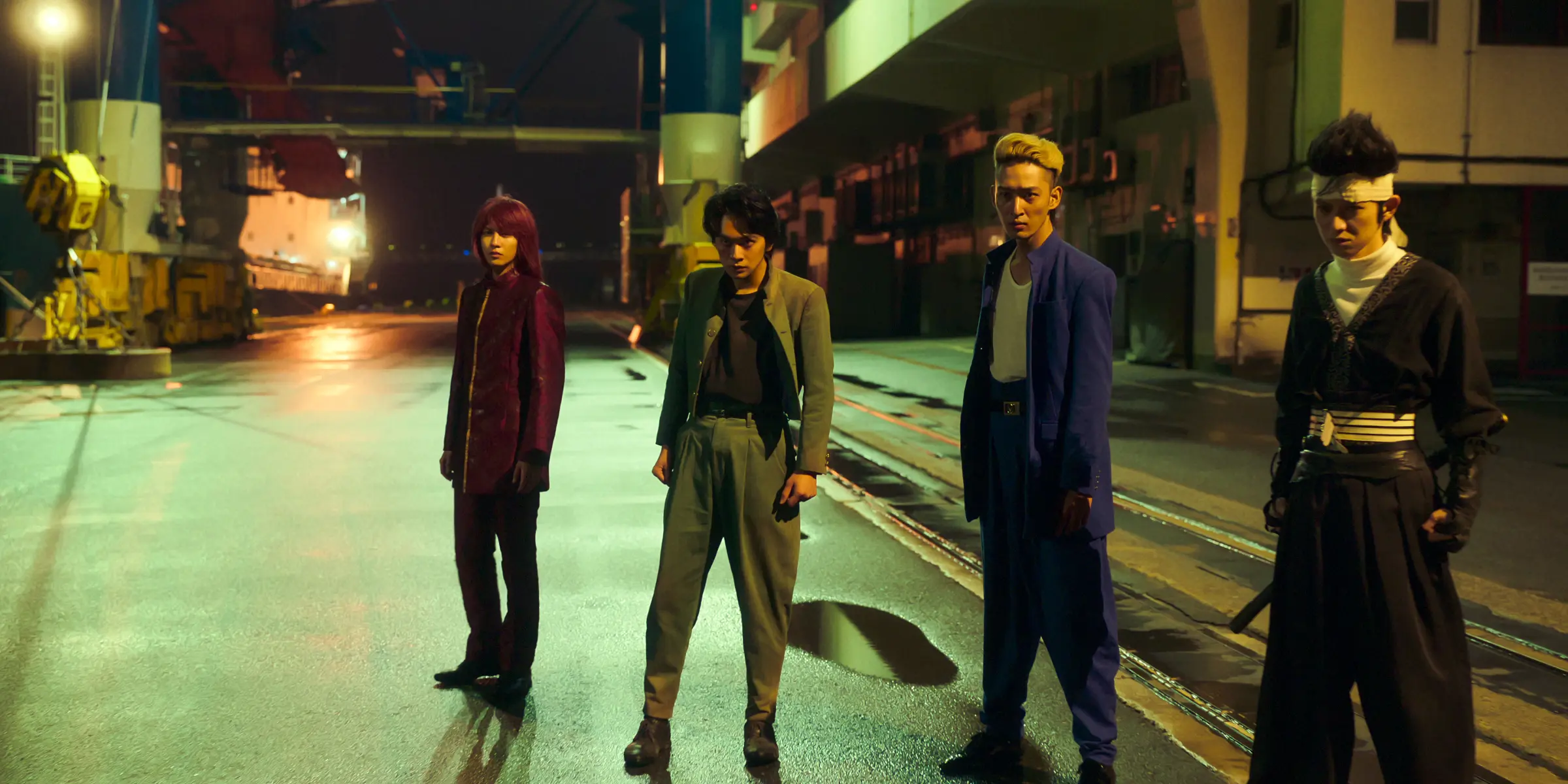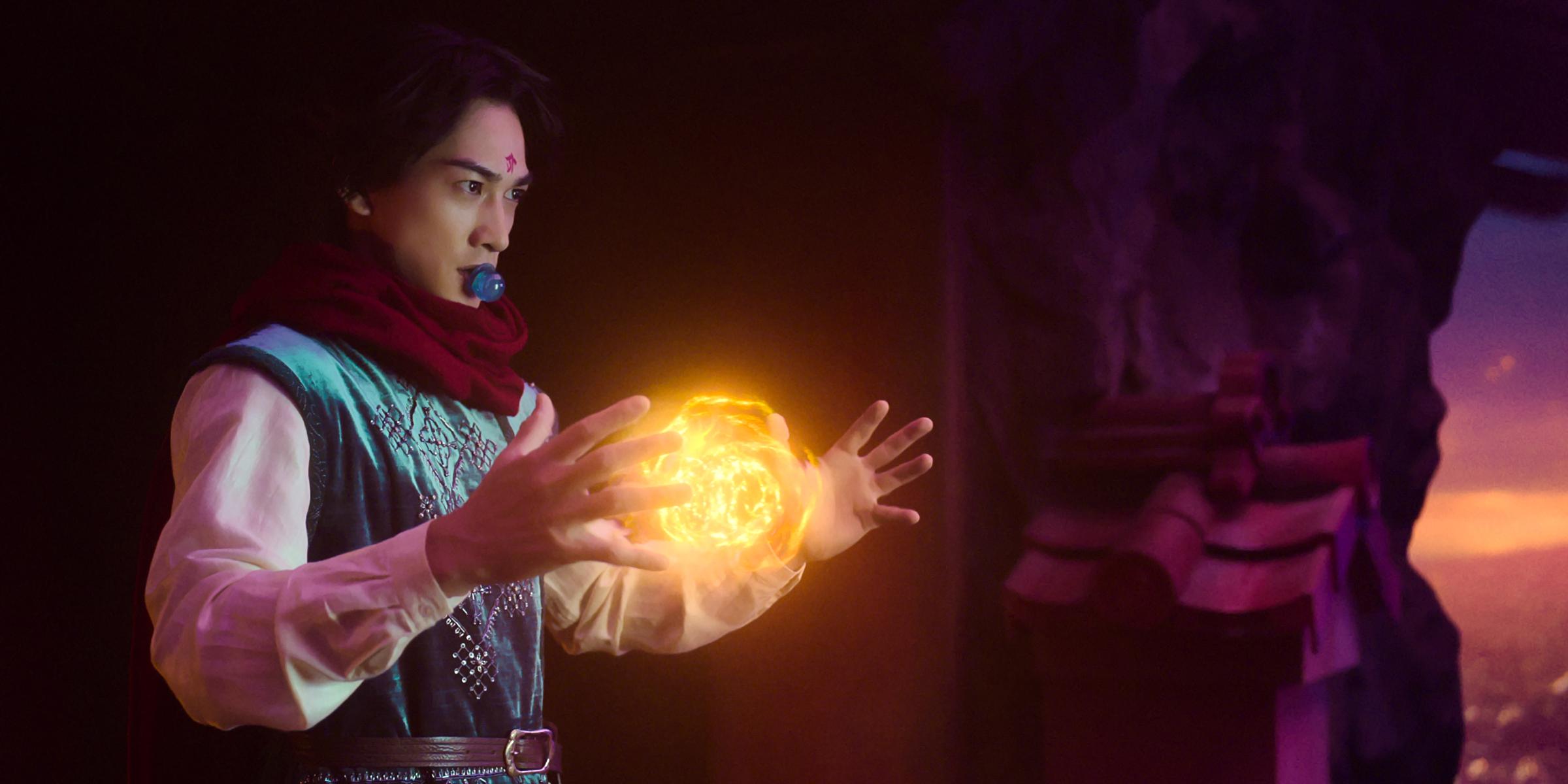If you were asked to name a quintessential Japanese manga or anime these days, you’d probably think of one of the globally revered titles that’s been adapted for film or television, like One Piece, which just had a successful live-action reimagining on Netflix this year, or Dragon Ball, whose 2009 American film adaptation was a critical failure and a box-office flop.
But amid the increasing global attention on manga and anime, it’s become easy to overlook a valuable contribution to Japanese pop culture: Yu Yu Hakusho, a critically-acclaimed manga by Yoshihiro Togashi that, as of 2022, has more than 78 million copies in global circulation since it first hit the pages of the Weekly Shōnen Jump magazine in 1990. Across 175 chapters and 19 tankōbon volumes, Yu Yu Hakusho, a story about pubescent heroes fighting yōkai (supernatural monsters), laid the groundwork for many other manga today, its elements inspiring popular titles like Naruto and Jujutsu Kaisen. Its anime version aired on Cartoon Network in the U.S., and mentioning it to viewers in the Philippines is bound to induce nostalgia in anyone who came of age during its run, especially at the sound of its upbeat opening credits. It has also since precipitated two animated films, a number of video game tie-ins, and even a 2019 stage play.
Yu Yu Hakusho falls into the shōnen—literally “boys”—genre, which both scholars and fans say is one of the best manga within its category. Now, Netflix takes a stab at a live-action adaptation, debuting five hour-long episodes on Dec. 14, with director Shô Tsukikawa at the helm. Considering the influence Yu Yu Hakusho has had on its successors, there was a particular burden on everyone involved to do the story justice. “I was feeling the pressure the past three years,” Tsukikawa tells TIME.
Takumi Kitamura, the 26-year-old who plays main character Yusuke Urameshi, wasn’t even born when the manga came out, but says everyone involved came to the project with a deep awareness of Yu Yu Hakusho’s impact. “I could almost say that this is really the original starting point of all the shōnen manga,” Kitamura says.
Go Ayano, 41, who plays the iconic villain Younger Toguro in the live-action series, read the manga as a schoolboy. “This is almost like a combination between Marvel Comics and the DC comics ” he says. “For me, this is really one of the best shōnen manga of all time.”
A timeless, broadly appealing story
The story of Yu Yu Hakusho kicks off unexpectedly with the death of protagonist Yusuke, a too-cool-for-school teenage delinquent with a penchant for fisticuffs. Despite his unruly behavior, a sliver of kindness emerges when Yusuke saves a child from a car crash, with him taking the hit instead and dying. This out-of-character goodwill prompts Koenma, the son of the ruler of the spirit realm, to grant Yusuke a shot at living again—under the condition that he become a Spirit Detective, tasked with quashing the demons worming their way into the human realm. As the story progresses, Yusuke teams up with Kuwabara, a loud-mouthed foil to Yusuke’s nonchalance; Kurama, a red-haired, swoon-worthy fox demon; and Hiei, an aloof and misanthropic yōkai. For the rest of the manga’s run until it wrapped up in 1994, their party battles it out with other supernatural beings to rid the world of demons.
Akiko Sugawa-Shimada, a professor studying anime and manga at Yokohama National University, considers Yu Yu Hakusho a very Japanese story. The majority of shōnen stories share similar themes, like the hero’s journey, friendship, and overcoming adversity as a team, Sugawa-Shimada says, with creator Togashi rendering them with jokes, nuance, and growing pains. “His manga also contains a lot of humor, but Togashi kind of touches upon the juvenile problems young people share.”
It helps that the characters in Yu Yu Hakusho are considered attractive: “Of course, shōnen manga appeals to young boys and young adults, but especially Kurama and Hiei—one of the yōkai characters—are quite popular among female readers and female audiences.”

The main characters in Yu Yu Hakusho are also celebrated for complexities not seen in popular manga at the time of its initial release. For one, Yusuke was not the traditional shōnen protagonist determined to be the best, like Luffy in One Piece or Goku in Dragon Ball; instead, he’s a punk whose team was forced into battle by their antagonists. While Yusuke does mature throughout the series, he also never loses his definitive cockiness. It’s this nuanced characterization that director Tsukikawa tells TIME he wanted to capture in the adaptation, which, considering the relatively short run time, zeroes in on Yusuke. “The characters are pretty much the extension of what they've seen in the animation and the manga,” he says of the live-action series.
Why the time was right for an adaptation
Despite the lopsided track record of live-action anime adaptations, Tsukikawa believes Yu Yu Hakusho was ripe for one and worth the risk. “The live-action adaptation wasn't possible in Japan for a long time due to the technology not available back then,” he says. The production team aimed for realism: Netflix says the show captures the manga’s essence by incorporating the supernatural elements “in a way that appears realistic.”
For a series about the supernatural, the Yu Yu Hakusho team worked with Scanline VFX—a Canada-headquartered visual effects team whose portfolio includes projects like Stranger Things, Shang-Chi and the Legend of the Ten Rings, and the 2022 Robert Pattinson-starrer The Batman. In its press release, Netflix said the production team made use of the latest performance capture technology, “with 170 cameras filming the actors simultaneously in 360 degrees.”

Ryo Sakaguchi is the first Japanese visual producer to win a Scientific and Technical Award at the Oscars. He’s also the visual effects advisor for the Yu Yu Hakusho series, and he admits the gritty and grisly storytelling in the manga were a challenge to translate using real actors. “I grew up reading it in middle school, the original manga,” he tells TIME. Getting it right, he says, required “a lot of communication with the director, how he pictures things and how the manga and anime portrayed them. And then also, these need actors’ heads on them in many creatures. So balancing that out to something that I, as a fan, was going to like, was a big challenge.”
The series delivers on these battle scenes, which Sakaguchi says viewers should be on the lookout for. More than just well-choreographed, they feel grandiose: the stakes in each fight palpable.
More important than the technology, however, was capturing the essence of Yu Yu Hakusho that inspired Tsukikawa to recreate it in the first place. “After reading the manga again after becoming an adult, I realized that there was some themes in the story that really reflect the world that we live in now,” he said. “Can different people or creatures from different species—can they understand each other or get along with each other? That was the big theme.”
More Must-Reads from TIME
- Breaking Down the 2024 Election Calendar
- How Nayib Bukele’s ‘Iron Fist’ Has Transformed El Salvador
- What if Ultra-Processed Foods Aren’t as Bad as You Think?
- How Ukraine Beat Russia in the Battle of the Black Sea
- Long COVID Looks Different in Kids
- How Project 2025 Would Jeopardize Americans’ Health
- What a $129 Frying Pan Says About America’s Eating Habits
- The 32 Most Anticipated Books of Fall 2024
Contact us at letters@time.com